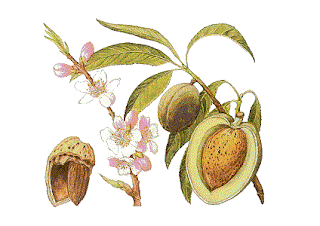Brussels sprout is a cultivar in the Gemmifera group of cabbages (Brassica oleracea), grown for its edible buds. The leafy green vegetables are typically 2.5 4 cm (0.98 1.6 in) in diameter and look like miniature cabbages. The Brussels sprout has long been popular in Brussels, Belgium, and may have originated there. Forerunners to modern Brussels sprouts were likely cultivated in ancient Rome. Brussels sprouts as we now know them were grown possibly as early as the 13th century in what is now Belgium.
Brussel Sprout
Brussel Sprout
Brussel Sprout
Brussel Sprout















































